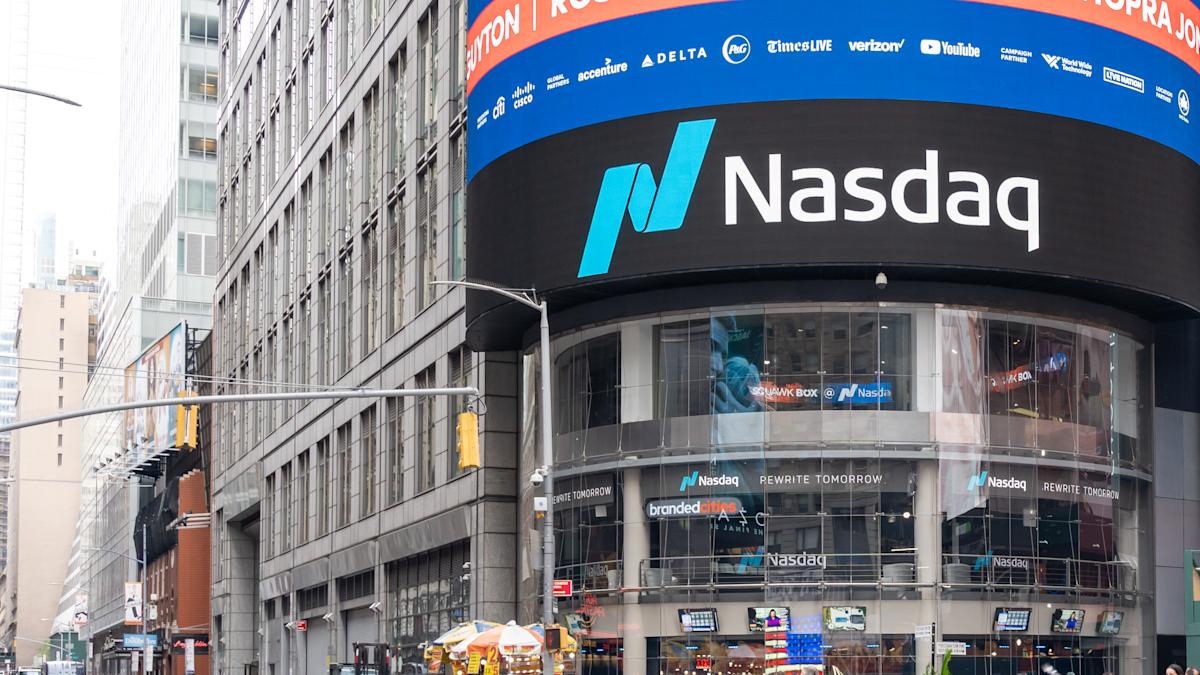The Federal Reserve kicked off its long-awaited easing campaign with a bang this week, cutting the federal funds by hefty 50 basis points. Investors viewed the aggressive reduction — the first in four years — as largely positive, with the three averages all finishing in the black. The S & P 500 advanced 1.36%, while the Dow Jones Industrial Average climbed 1.62% to a new all-time high, and the tech-heavy Nasdaq Composite increased 1.49%. That’s not to say it’s easy sailing from here. We still have a possible government shutdown, a hotly contested presidential election, and growing tensions in the Middle East. All could impact the global economy and markets. But monetary policy is at least now moving back into the bulls’ favor. Speaking to reporters Wednesday after the rate cut announcement, Chair Jerome Powell said: “Our monetary policy actions are guided by our dual mandate to promote maximum employment and stable prices for the American people. For much of the past three years, inflation ran well above our 2 percent goal, and labor market conditions were extremely tight. Our primary focus had been on bringing down inflation, and appropriately so. … Inflation is now much closer to our objective, and we have gained greater confidence that inflation is moving sustainably toward 2 percent. As inflation has declined and the labor market has cooled, the upside risks to inflation have diminished and the downside risks to employment have increased. We now see the risks to achieving our employment and inflation goals as roughly in balance, and we are attentive to the risks to both sides of our dual mandate. … In considering additional adjustments to the target range for the federal funds rate, the Committee will carefully assess incoming data, the evolving outlook, and the balance of risks.” The statement serves as an important update on two fronts. First, it indicates that labor market dynamics are going to again be more heavily weighted in the Fed’s approach to monetary policy. Previously the Fed was far more focused on inflation, taking comfort in the labor market’s resiliency over the course of the rate hiking cycle. Second, it demonstrates the committee’s willingness to be a bit more predictive in how they think about the data, rather than waiting to see every update of delayed data. New data this week showed the U.S. economy remained strong in August. That included better-than-expected retail sales , strong industrial production results, and more housing starts than expected. Existing home sales came up short of expectations, but with rates now moving lower, improvement is likely on the way. After all, we did see weekly mortgage demand jump 14% on Wednesday as interest rates fell to a two-year low. Looking under the hood of the S & P 500, the energy sector was the best performer, followed by communication services and financials. Consumer staples led to the downside, followed by real estate and healthcare. Here’s what we’re paying most attention to in the week ahead: 1. Fed’s favorite inflation measure. It’s the last full week of September already and with that comes a look at August’s personal spending and income numbers on Thursday. Within this report is the core personal consumption expenditures (PCE) price index, the Fed’s preferred measure of inflation. Given the 50-basis point cut this week by the FOMC, it would be good to get a result that is more or less in line with expectations. A tick below expectations probably wouldn’t hurt, so as to increase confidence that the Fed made the right choice in easing policy a bit more aggressively right out of the gate. Current expectations are for a 2.7% year-over-year increase in the core index, which if realized would be slighly higher than the 2.6% rate over the past three months. 2. Revised GPD. The third and final update on second-quarter GDP is released Wednesday. Economists aren’t expecting much change here versus the previous report. And while it is noteworthy, understand it is extremely backward looking. We’re already just about through the third quarter. 3. Housing. Two updates on the state of the housing market, with the August pending home sales report out on Thursday, and the August new home sales report out Wednesday. While inflation is trending lower, the rate of increase in shelter costs remains stubbornly high. So, any signs that supply is picking up to a level that will help slow the rate of price appreciation is welcome. 4. The best-run retailer reports. The sales numbers won’t be the primary focus when Costco reports earnings Thursday because management releases them monthly. We will be keyed more into management’s foot traffic and buyer preferences, which provide a good picture of the consumer and economy more broadly. As we’ve stated in the past, roughly two-thirds of U.S. GDP is tied to private consumption. So when a company with the reach that Costco reports, it’s important to listen to what management has to say about the operating environment. Also important: management’s comments on how Costco club members are responding to the membership fee increase and how management plans to reinvest those extra dollars. Monday, September 23 After the bell: AAR Corp (AIR) Tuesday, September 24 Before the bell: AutoZone (AZO), THOR Industries After the bell: KB Home (KBH), Progress Software (PRGS), Stitch Fix (SFIX) Wednesday, September 25 10:00 a.m. ET: New Home Sales Before the bell: Cintas (CTAS) After the bell: Micron (MU), Concentrix (CNCX), HB Fuller (FUL), Jefferies Financial (JEF), Worthington Steel (WS) Thursday, September 26 8:30 a.m. ET: Initial Jobless Claims 8:30 a.m. ET: Gross Domestic Product 10:00 a.m. ET: Pending Home Sales Before the bell: Accenture (CAN), TD SYNNEX (SNX), CarMax (KMX), Jabil (JBL) After the bell: Costco (COST), BlackBerry (BB), Vail Resorts (MTN), Scholastic (SCHL) Friday, September 27 8:30 a.m. ET: Personal Spending & Income (See here for a full list of the stocks in Jim Cramer’s Charitable Trust.) As a subscriber to the CNBC Investing Club with Jim Cramer, you will receive a trade alert before Jim makes a trade. Jim waits 45 minutes after sending a trade alert before buying or selling a stock in his charitable trust’s portfolio. If Jim has talked about a stock on CNBC TV, he waits 72 hours after issuing the trade alert before executing the trade. THE ABOVE INVESTING CLUB INFORMATION IS SUBJECT TO OUR TERMS AND CONDITIONS AND PRIVACY POLICY , TOGETHER WITH OUR DISCLAIMER . NO FIDUCIARY OBLIGATION OR DUTY EXISTS, OR IS CREATED, BY VIRTUE OF YOUR RECEIPT OF ANY INFORMATION PROVIDED IN CONNECTION WITH THE INVESTING CLUB. NO SPECIFIC OUTCOME OR PROFIT IS GUARANTEED.
Customers walk by the membership counter at a Costco store on July 11, 2024 in Richmond, California.
Justin Sullivan | Getty Images
The Federal Reserve kicked off its long-awaited easing campaign with a bang this week, cutting the federal funds by hefty 50 basis points.














